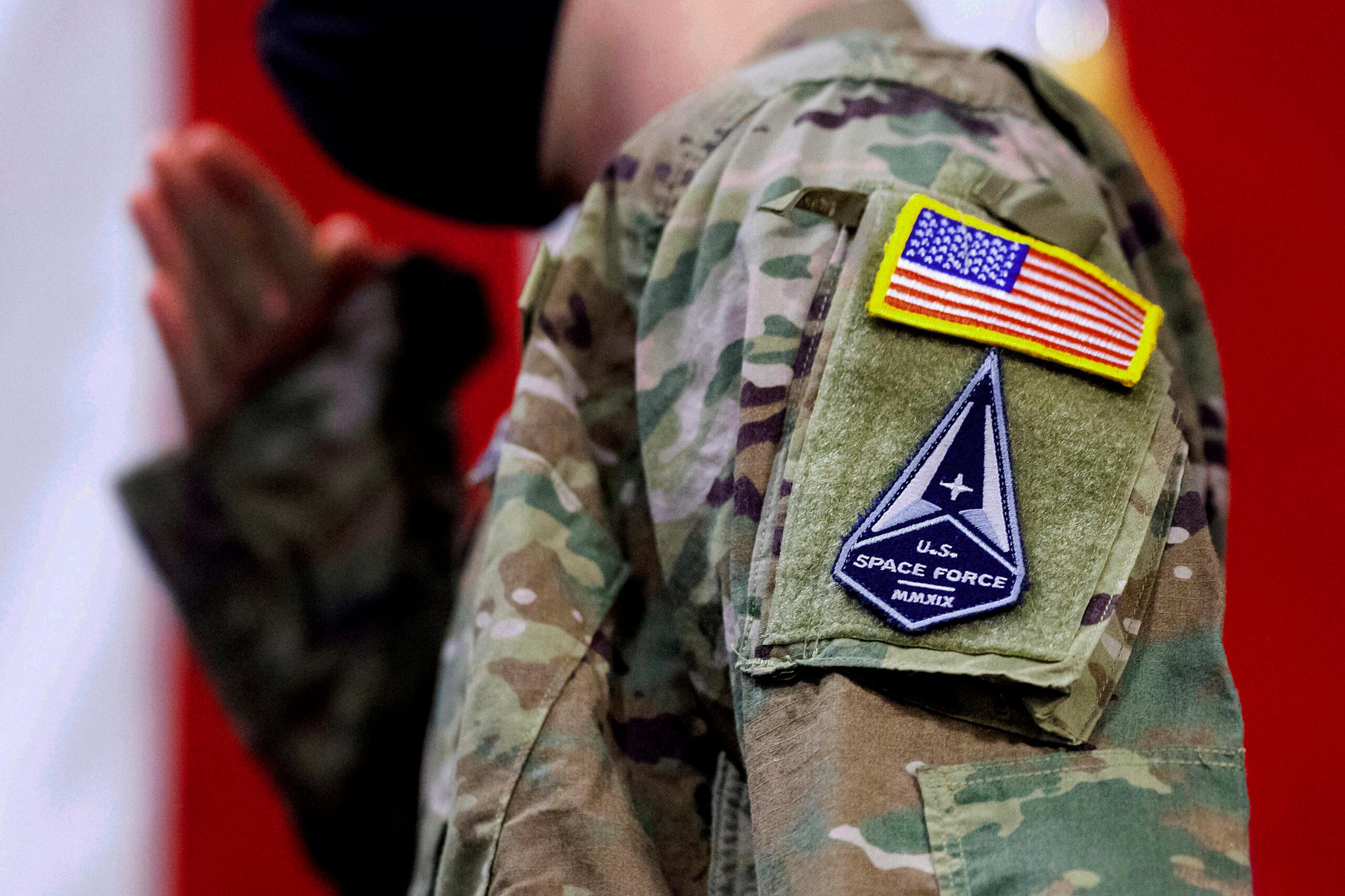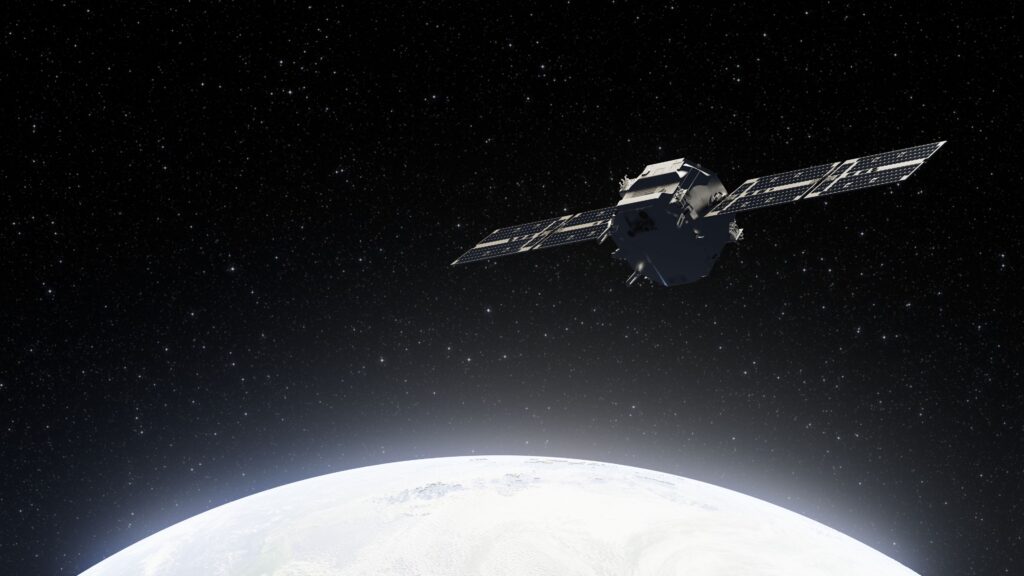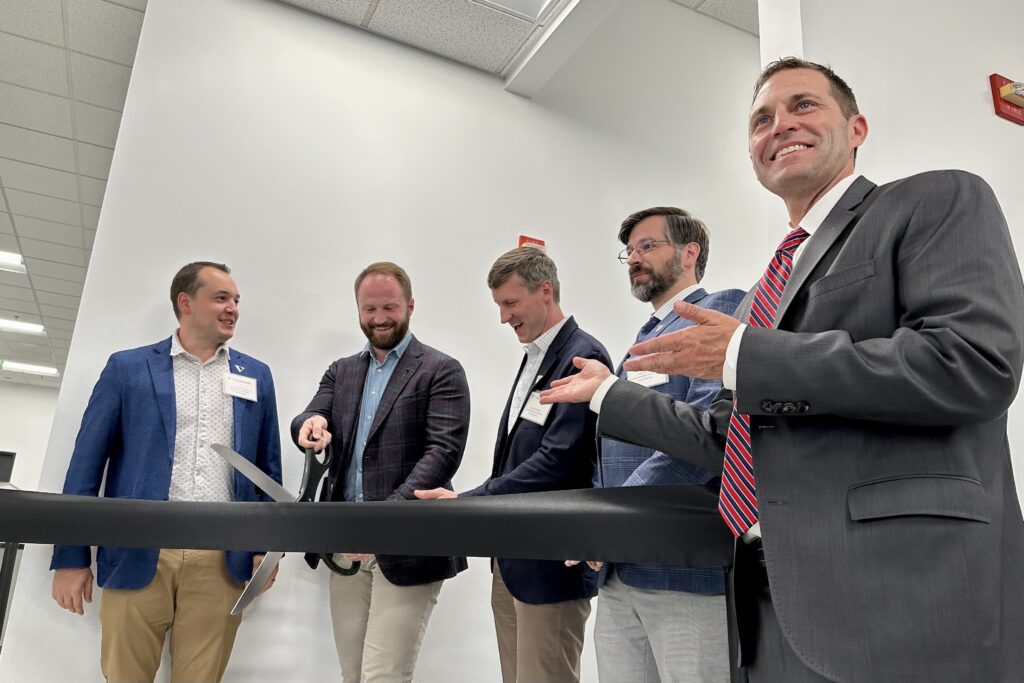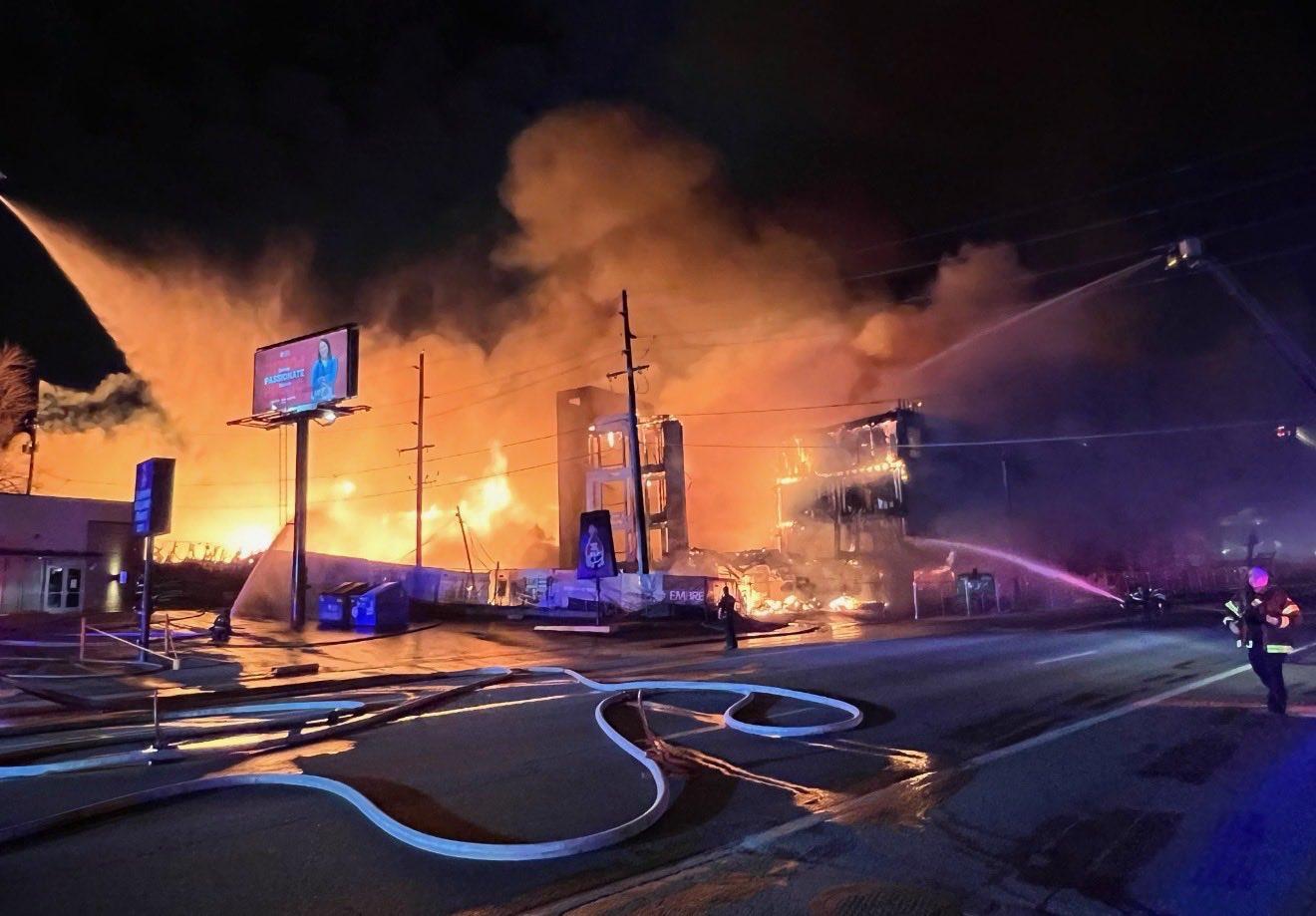
The Army and Navy have vast territories of land and sea to conduct full-scale war games and training exercises. But what about the Space Force? At the moment, the nascent new branch of the U.S. military does not really have the resources, infrastructure or doctrine to execute such critically important real-world scenarios for their personnel.
Satellite operations expert Even Rogers identified that problem when he left the Air Force a few years ago.
“We didn't leave the military because we wanted, necessarily, to start a company,” he said. “It was because we believed that we had deep specific knowledge on the problem.”

That knowledge led to the creation of True Anomaly — the company Rogers founded a little more than a year ago — and the “Jackal” satellite.
Rogers described the Jackal as an “emulator” of sorts for Space Force training missions. It can play the role of an adversary sparring partner from a hostile nation or a cooperating ally. It is also equipped with sensors to track the movement of all the satellites and earth-bound assets involved in the exercise.
“(Space Force leaders) really need a flexible environment where they can get capabilities in there very quickly, understand what their performance is and then iterate on systems rapidly,” Rogers said.
True Anomaly hosted a grand opening for their 35-thousand-square-foot facility in Centennial late last week. The team is preparing to build a fleet of autonomous satellites to support future Space Force training exercises — at an assembly rate of one “Jackal” satellite every five days.
The Thursday ribbon-cutting was attended by the likes of U.S. Rep. Jason Crow and the recently-retired first Chief of Space Operations, the Space Force representative on the Joint Chiefs of Staff, Gen. John W. “Jay” Raymond.
Crow told the few dozen gathered for the event that the facility represented an evolution, at least in the space domain, from the military’s historic years-long cycles of weapons development.

“The technology we create today, or that our adversaries create today, is only going to be relevant for two to three years, and then it'll be irrelevant. So those old contracting styles and that old style of procurement is not going to meet the day,” Crow said.
The first two Jackal satellites are scheduled to launch from Vandenberg Space Force Base in California next February, aboard a SpaceX rocket.
Rogers said while he is first focusing on military contracts, the company eventually intends to sell to commercial operators in need of space security training.
True Anomaly, at about 90 employees currently, represents another shift in the military and other government entities looking more to the rapidly expanding ecosystem of small and midsize space companies in Colorado.
The Front Range has the highest concentration of space-focused workers in the country.







